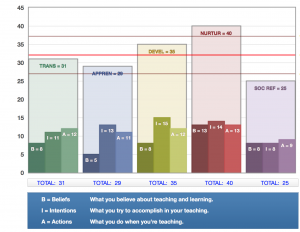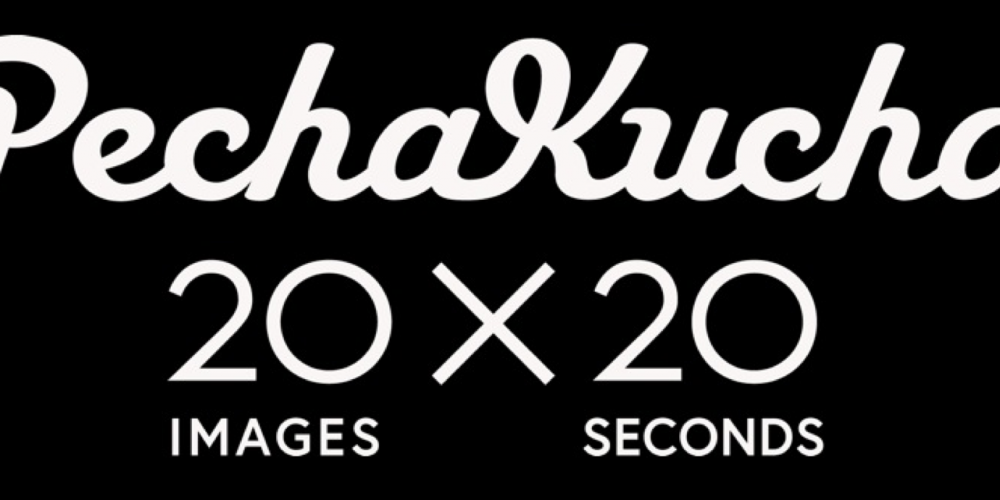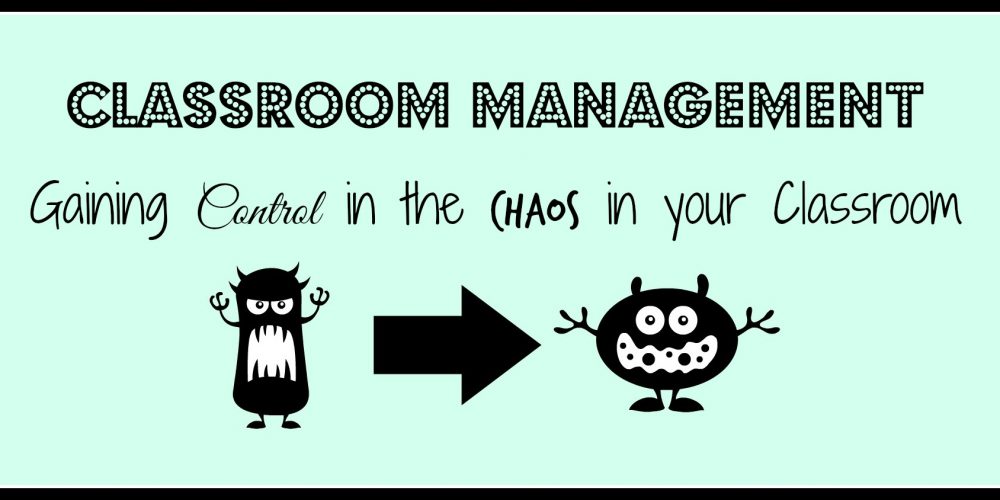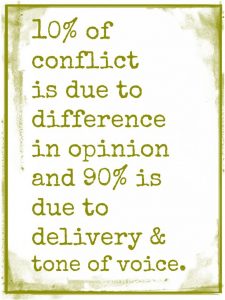This weekend was awesome. Especially because of Thanksgiving, where we had a 3 day long weekend. I think it was a very important time for everyone to have that small break from classes and school; we are about a month and a half in, so the break was a necessity. It was great because not only did we have time to catch up on homework, projects, and papers, it was a very good time for reflection and improving our mental health.
It was interesting that this week, the overall theme in our main lectures were mental health. It’s a topic that a lot of people gloss over, and I feel that sometimes it doesn’t really get the recognition that it deserves. Even though I never had issues with my own mental health, I know of people who’ve had depression, anxiety, and other mental issues that has greatly effected their day to day lives. The lectures on mental health were kind of eye opening in a sense that there were many other mental illnesses that I did not know of, but realized that they may have existed in some of my friends and family. I was saddened to realize this because maybe if I knew, I could have helped them in some way; however, I think back in those days I just brushed it off by saying to myself, “they’ll be okay after some time passes.”
Mental health is very important in learning. As our semester goes, there will be more due dates, more stress for practicum, and more pressure from the people around us. Friends and family will start asking, “Where are you going to work after graduation?” while our professors will start taking in papers and essays. Some of us will be stressed just because of time crunches and other life issues that we can’t see while we are at school. Throughout all this, I hope that everyone is constantly checking their own mental health, and will get help when needed.
Lastly, everyone should be thankful for something throughout this week. I think that Thanksgiving was a good reminder for me in that through the ups and downs, there will be people cheering and supporting for me to finish this program strong, and pursue my dream career in becoming an educator.













